The semi-detached house, built in 1927 to plans by Le Corbusier and Pierre Jeanneret in the Weissenhofsiedlung in Stuttgart, is now a Unesco World Heritage Site.
1927
Architects: Le Corbusier, Pierre Jeanneret
Rathenaustraße 1-3, Stuttgart, Germany
Weissenhof Estate
The Weissenhof Estate was built in 1927 as part of the building exhibition “Die Wohnung”, organized by the Deutscher Werkbund and financed by the city of Stuttgart.
During the exhibition, the 33 realized houses could be viewed from the outside and inside. Afterwards, they were rented out by the city.
Model Houses
Seventeen international architects under the artistic direction of Ludwig Mies van der Rohe, presented their innovative designs for modern, healthy, affordable and functional living.
In addition to the model houses in the Weissenhof Estate, there were three other exhibitions on modern building worldwide, interior design and new building materials and constructions.
Within just four months, 500,000 visitors came to see the exhibition, which had a worldwide resonance.
Avantgarde
The Weissenhof Estate showed the then current development of architecture and housing.
A formal coherence was achieved through the avant-garde architectural views of the contributing architects and the specification of flat roofs.
Le Corbusier and Jeanneret Semi-detached House
The semi-detached house by Le Corbusier and Pierre Jeanneret in the Weissenhof Estate was intended to represent a new type of changeable house in addition to the neighboring single-family house also by Le Corbusier.
It is one of the outstanding architectural testimonies of Classical Modernism.
With this building, Corbusier implemented the basic principles of his architectural program in five points: Variable floor plans, elevation of the first floor by means of columns, roof terraces, continuous window bands and free facade design.
When the house was presented as part of the Exhibition “Die Wohnung” in 1927, one half of the house was equipped for daytime use, the other for nighttime use.
Characteristic of the house’s architecture are the continuous window band, the visible steel supports, the roof garden and the two staircases, which emerge as cubes on the west side.
Interiors
The interiors are entirely designed for multifunctionality: As in a comfortable sleeping and salon car, the beds disappeared into built-in cabinets during the day, sliding walls extended the living space.
Swiss architect and designer Alfred Roth designed an easily movable tubular steel bed that was industrially produced after the end of the building exhibition.
The bathtub shown corresponds to the original furnishings.
Immediately after its construction and in the mid-1980s, the building was remodeled, during which parts of the original were also lost.
Weissenhof Museum
On the occasion of the 75th anniversary of the Weissenhof Estate in 2002, the state capital Stuttgart acquired the property from the Federal Property Administration.
From 2003 to 2005, the house was extensively renovated and made accessible.
Since 2006, the duplex has housed the Weissenhof Museum, which is the only accessible house of the Weissenhof Estate open to visitors.
In July 2016, it was added to the UNESCO World Heritage List together with Le Corbusier’s neighboring single-family house as one of a total of 17 partial sites under the designation The Architectural Work of Le Corbusier – An Outstanding Contribution to the Modern Movement.

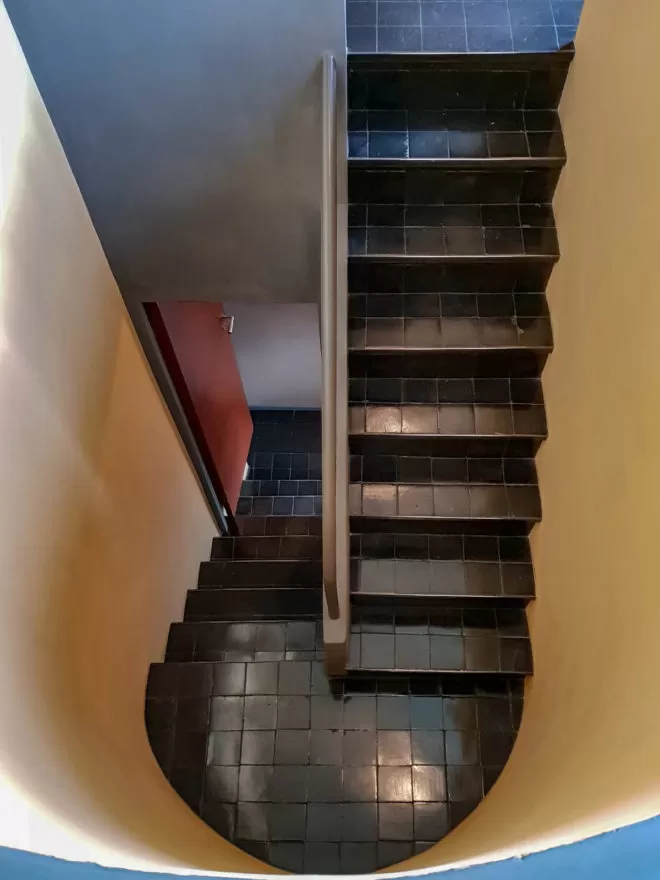
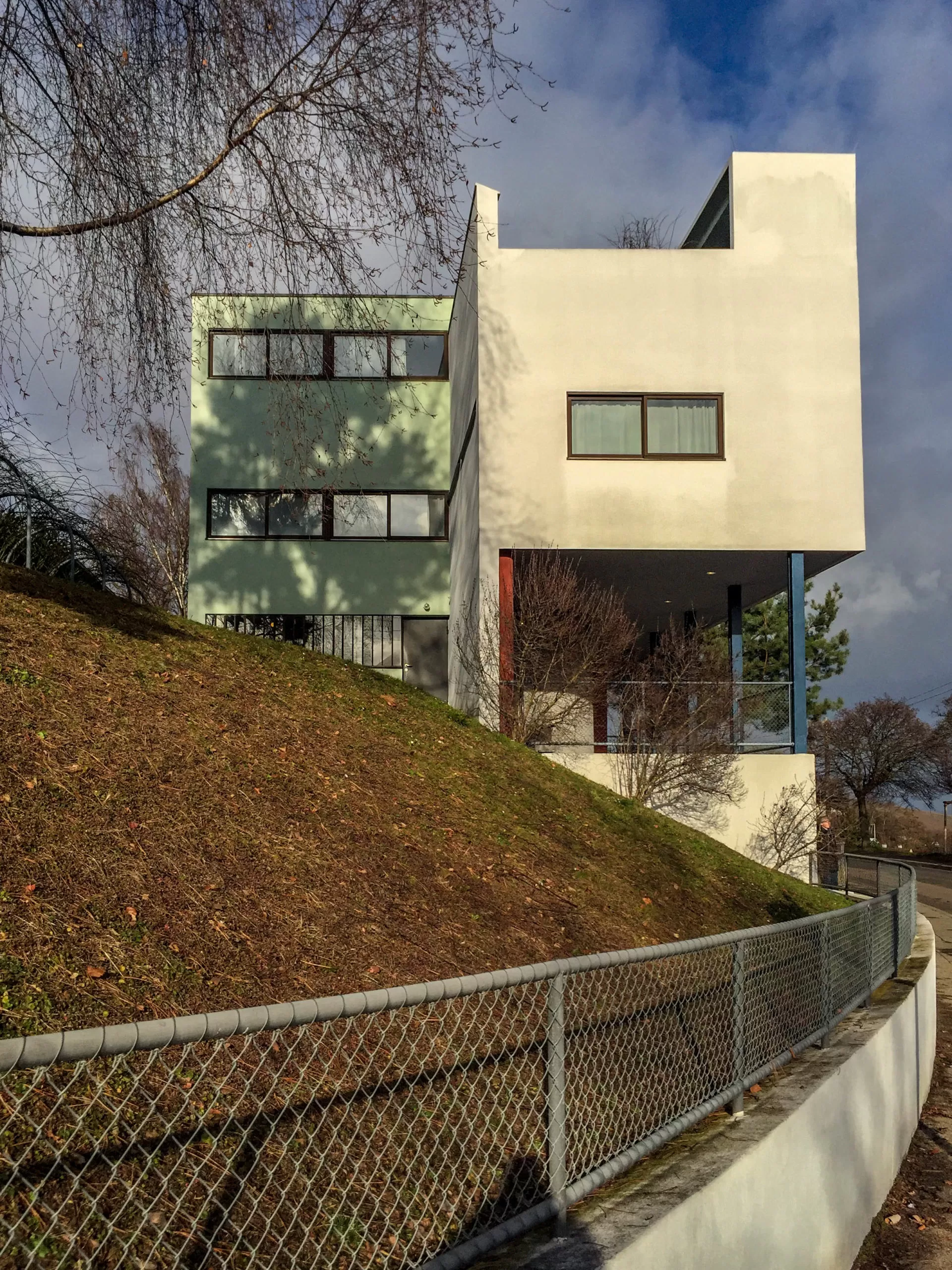
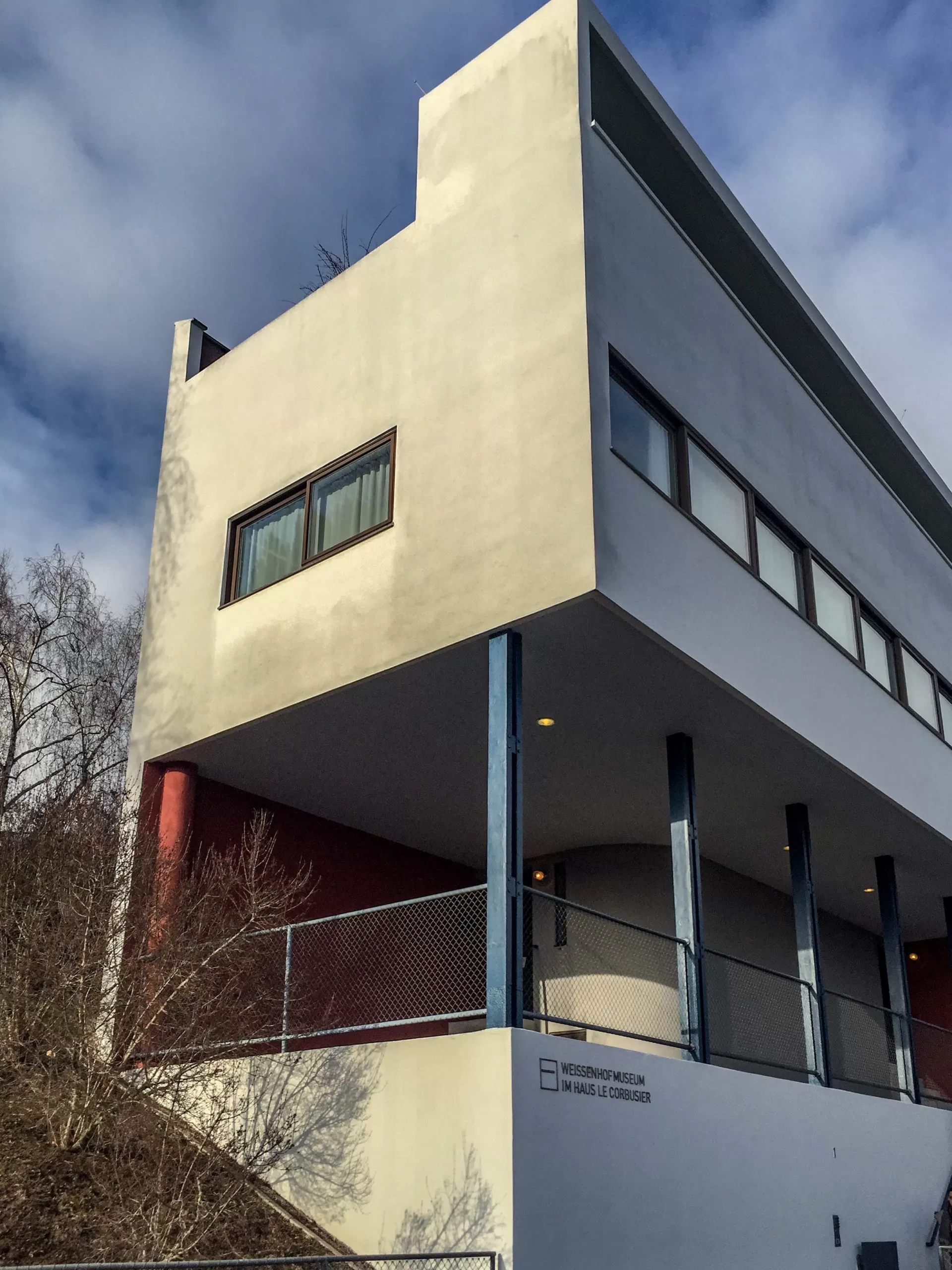
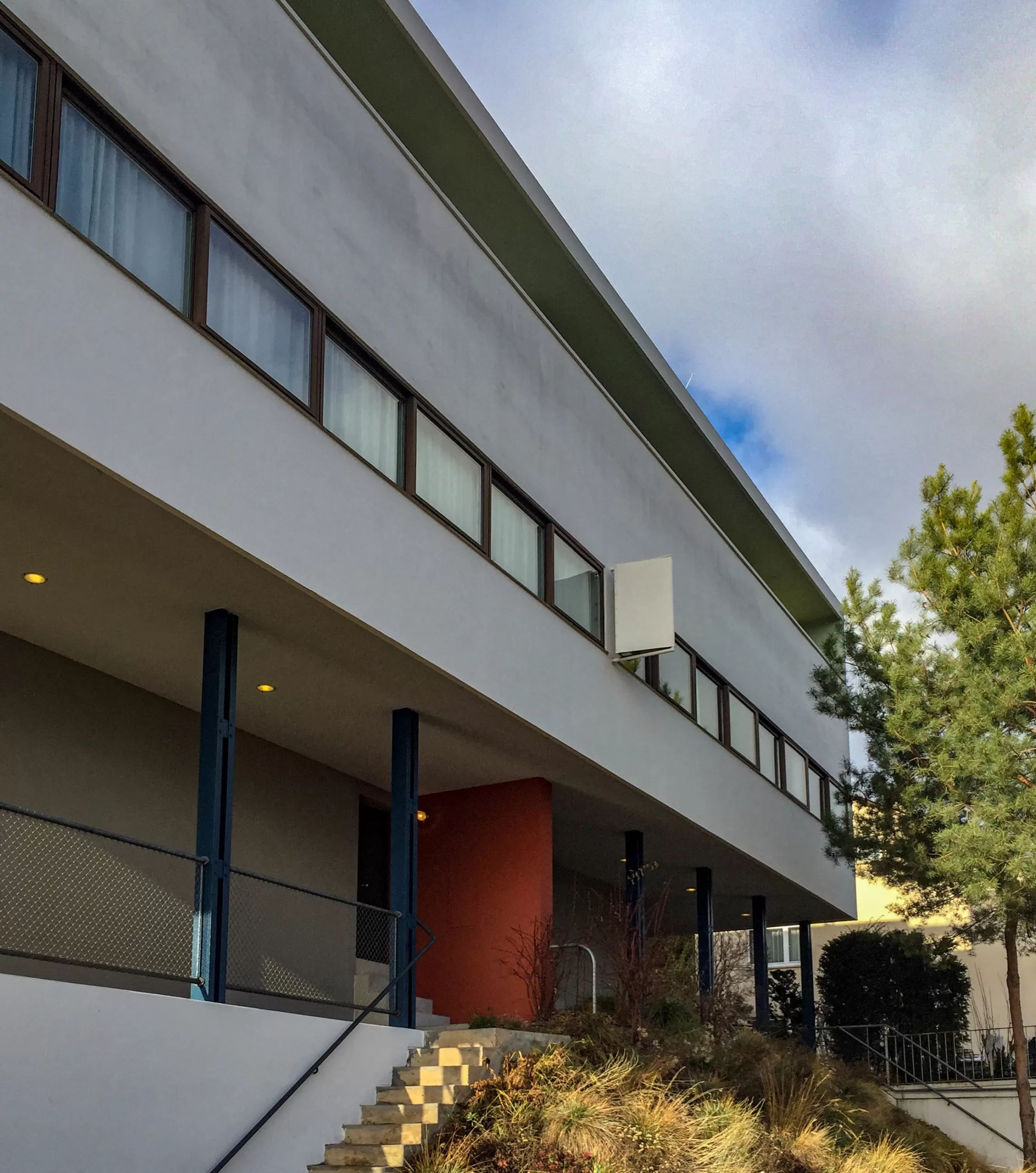
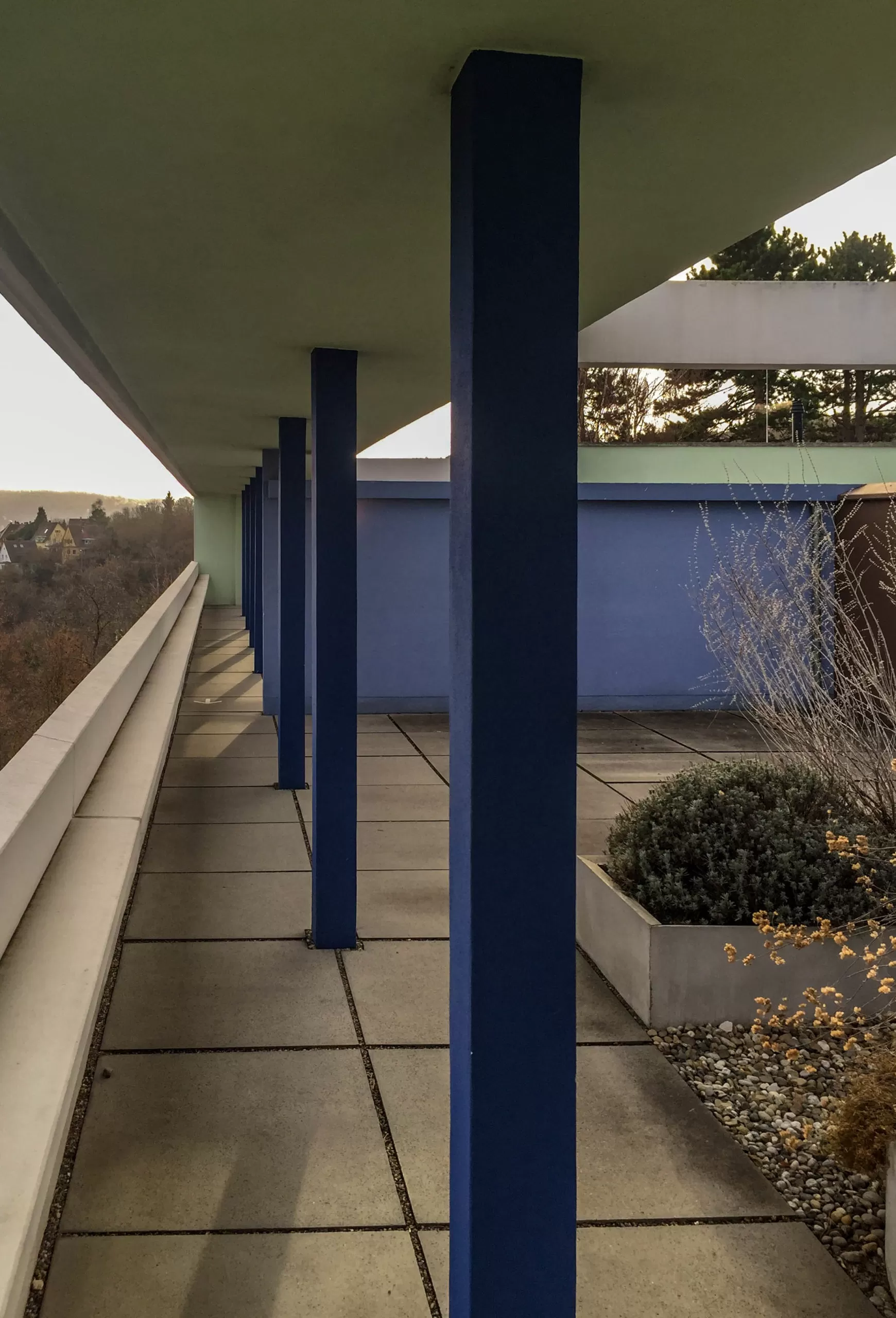
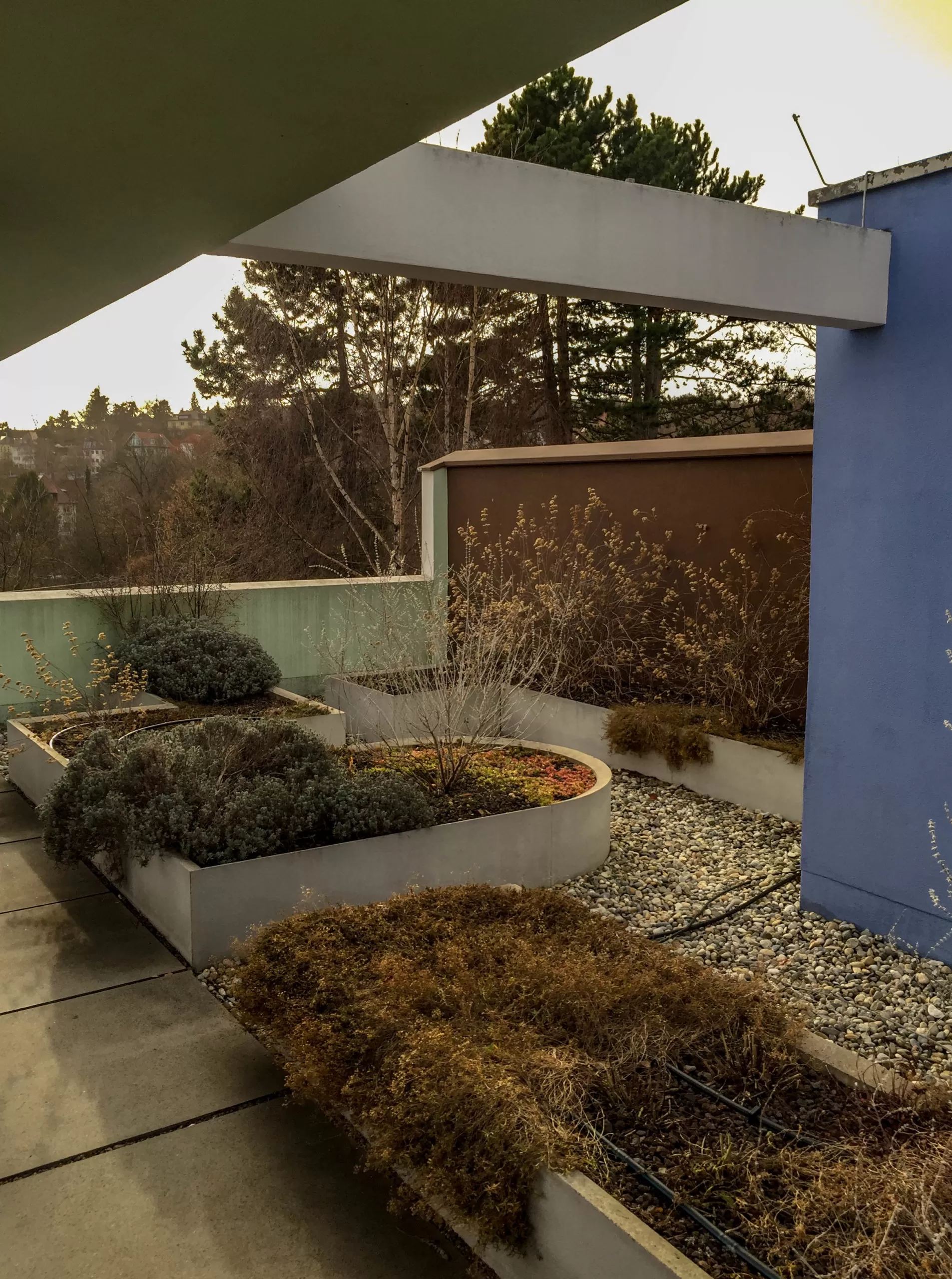
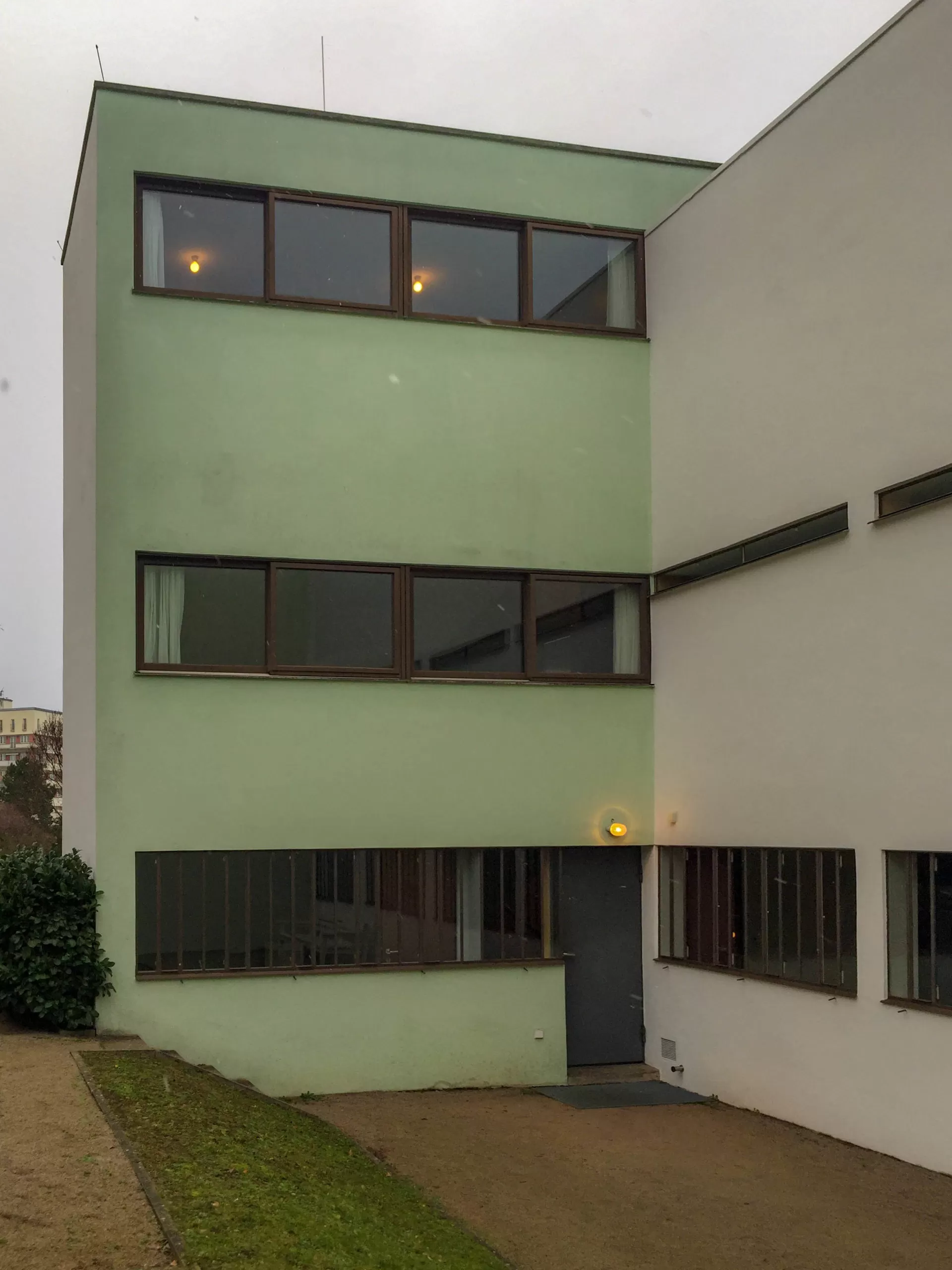
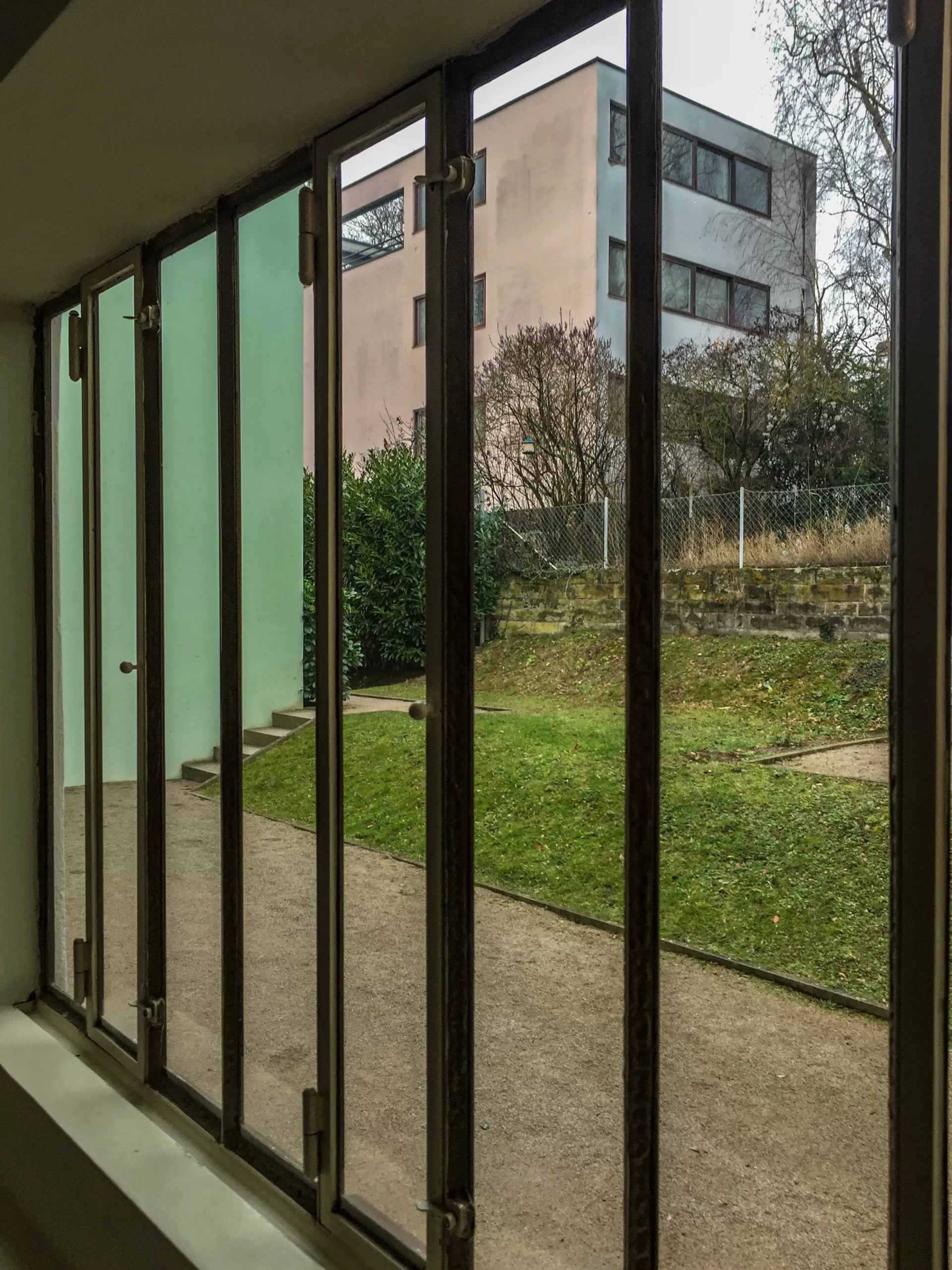
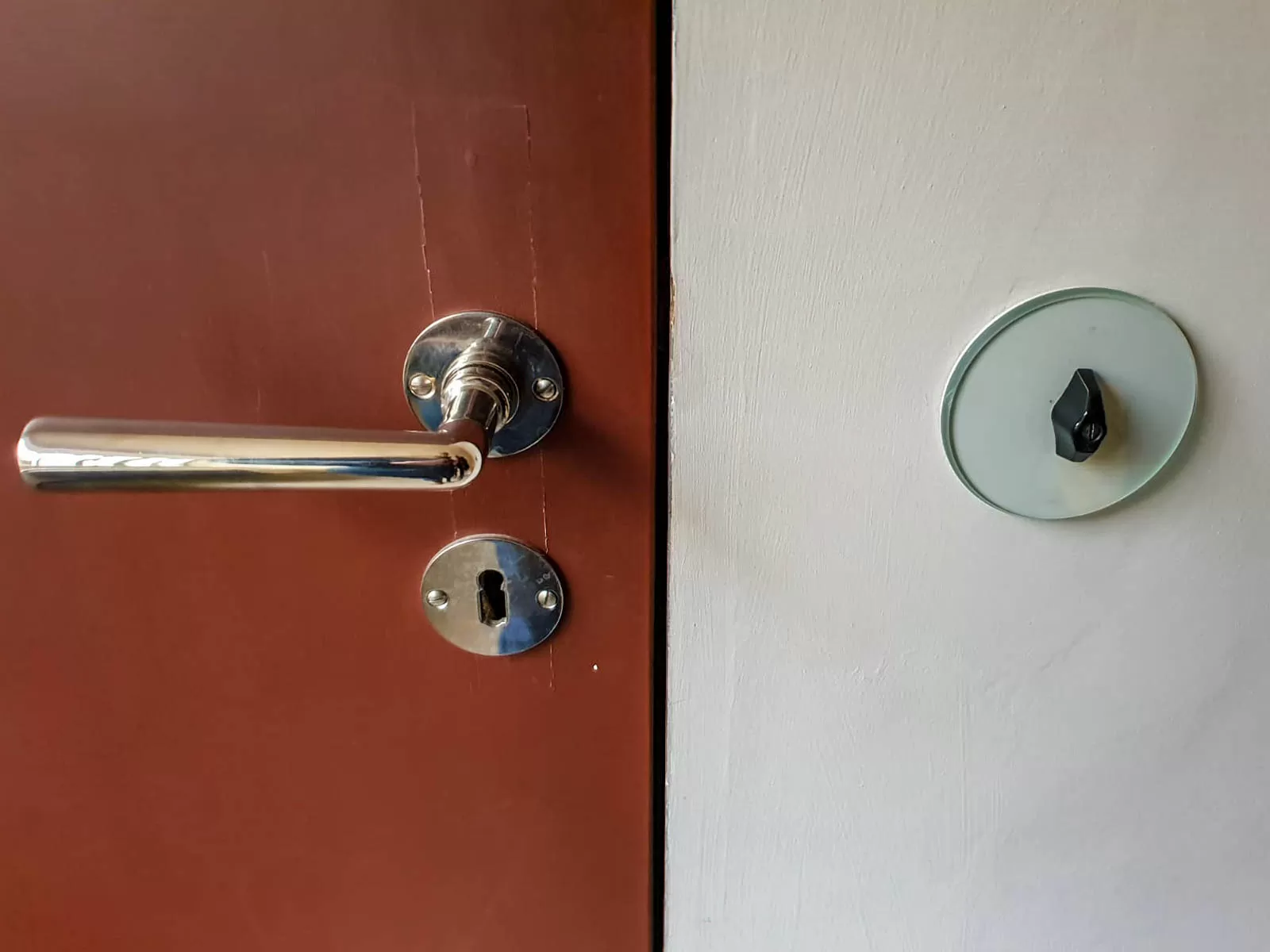
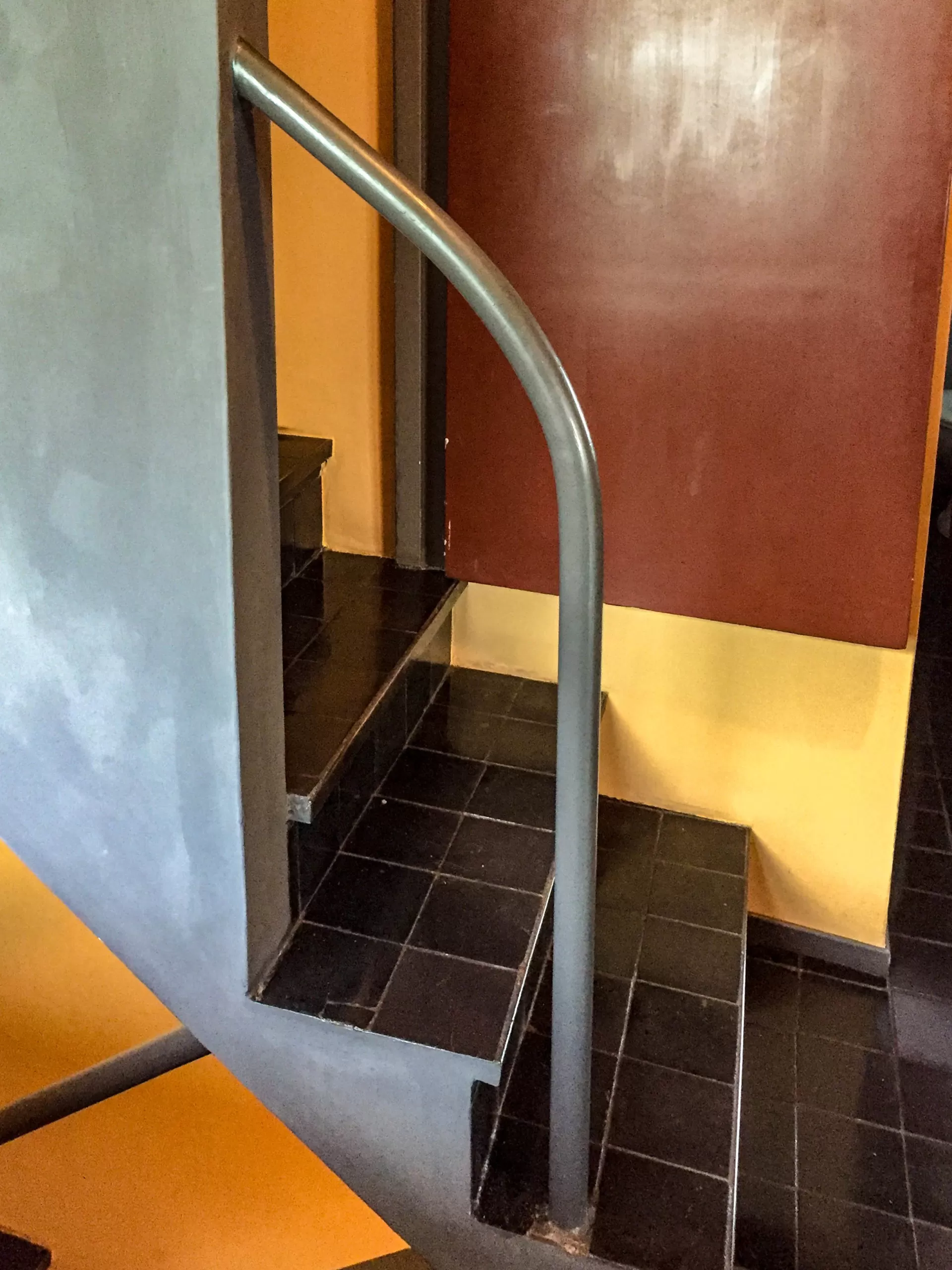
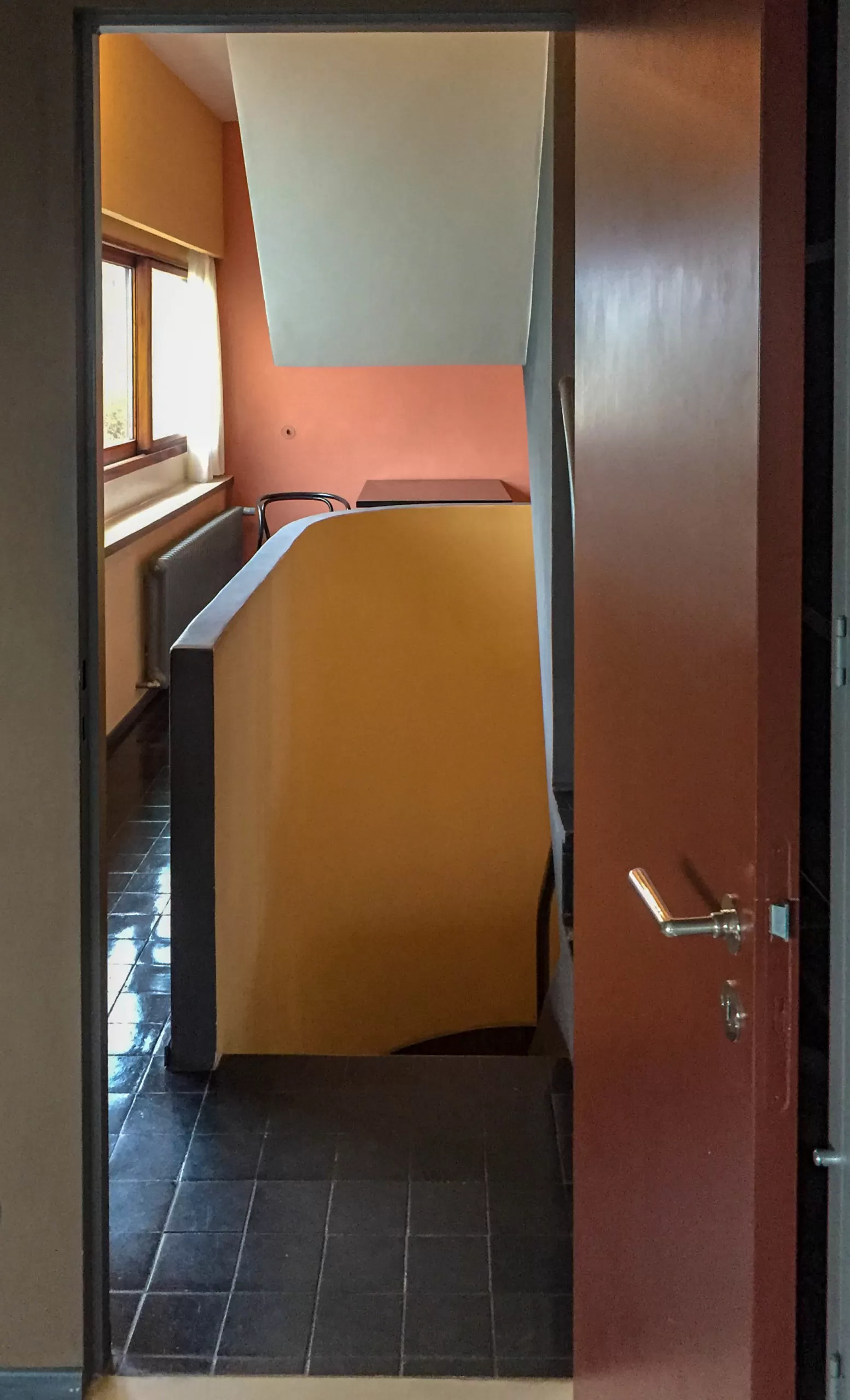
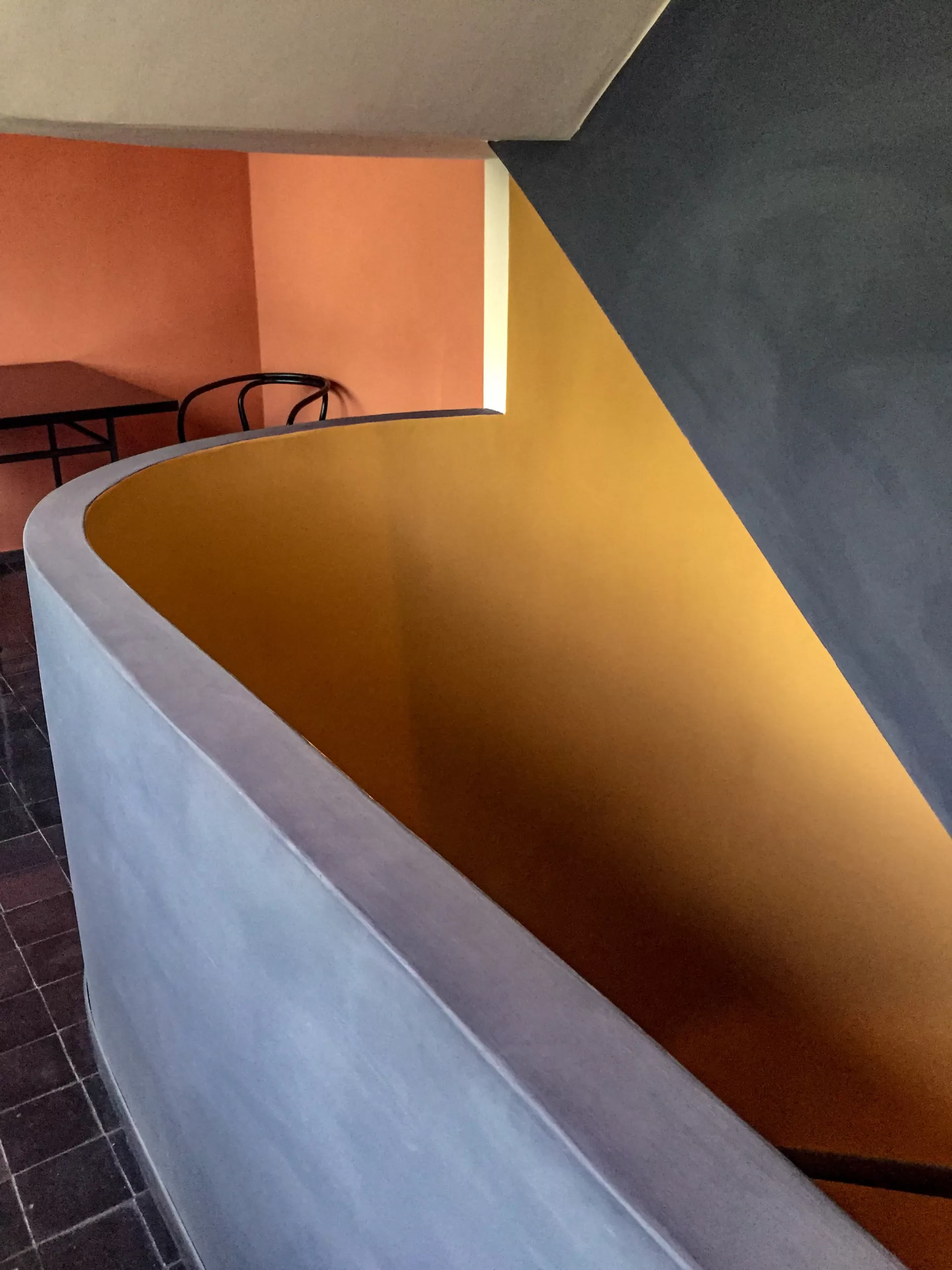
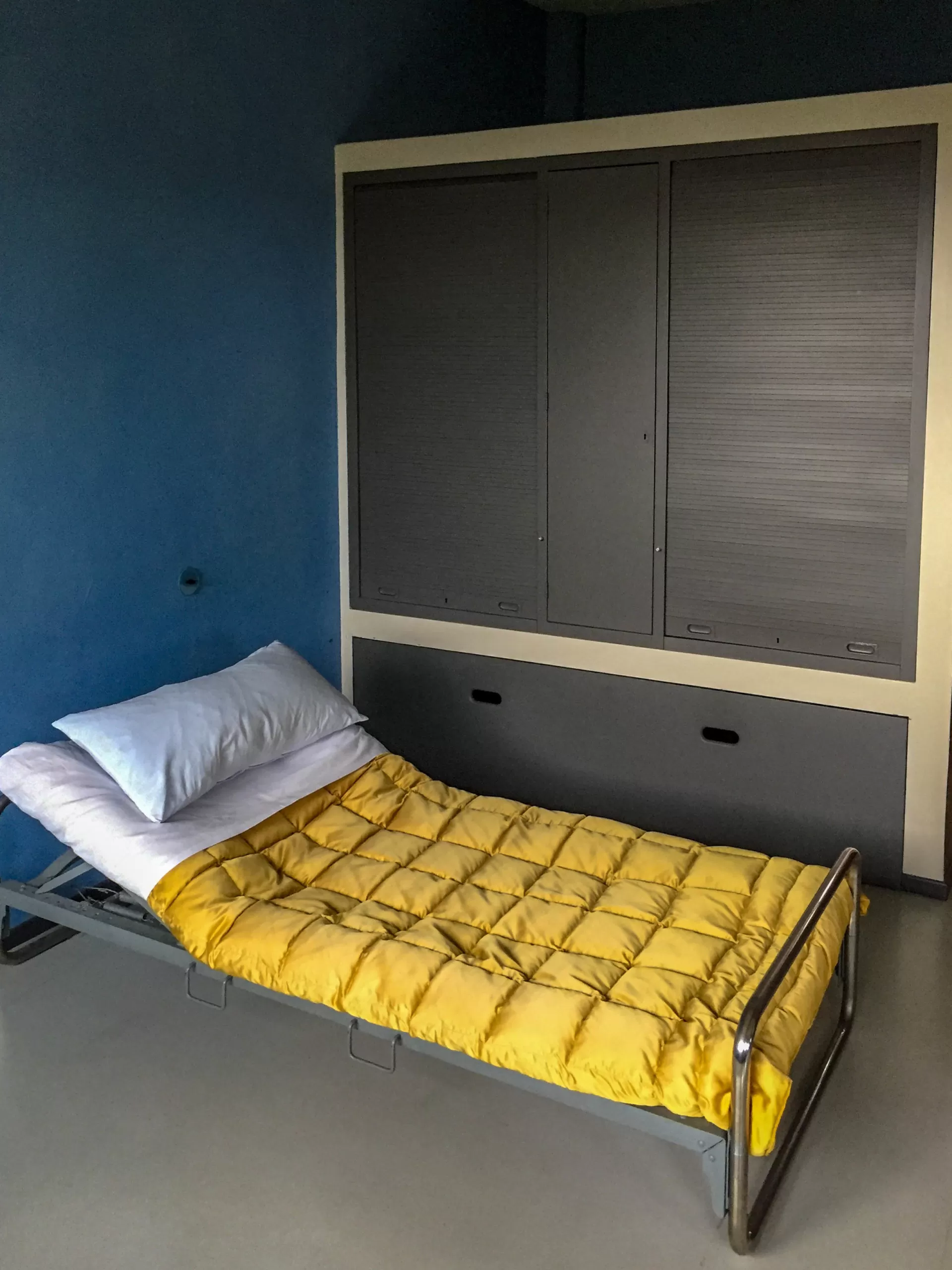
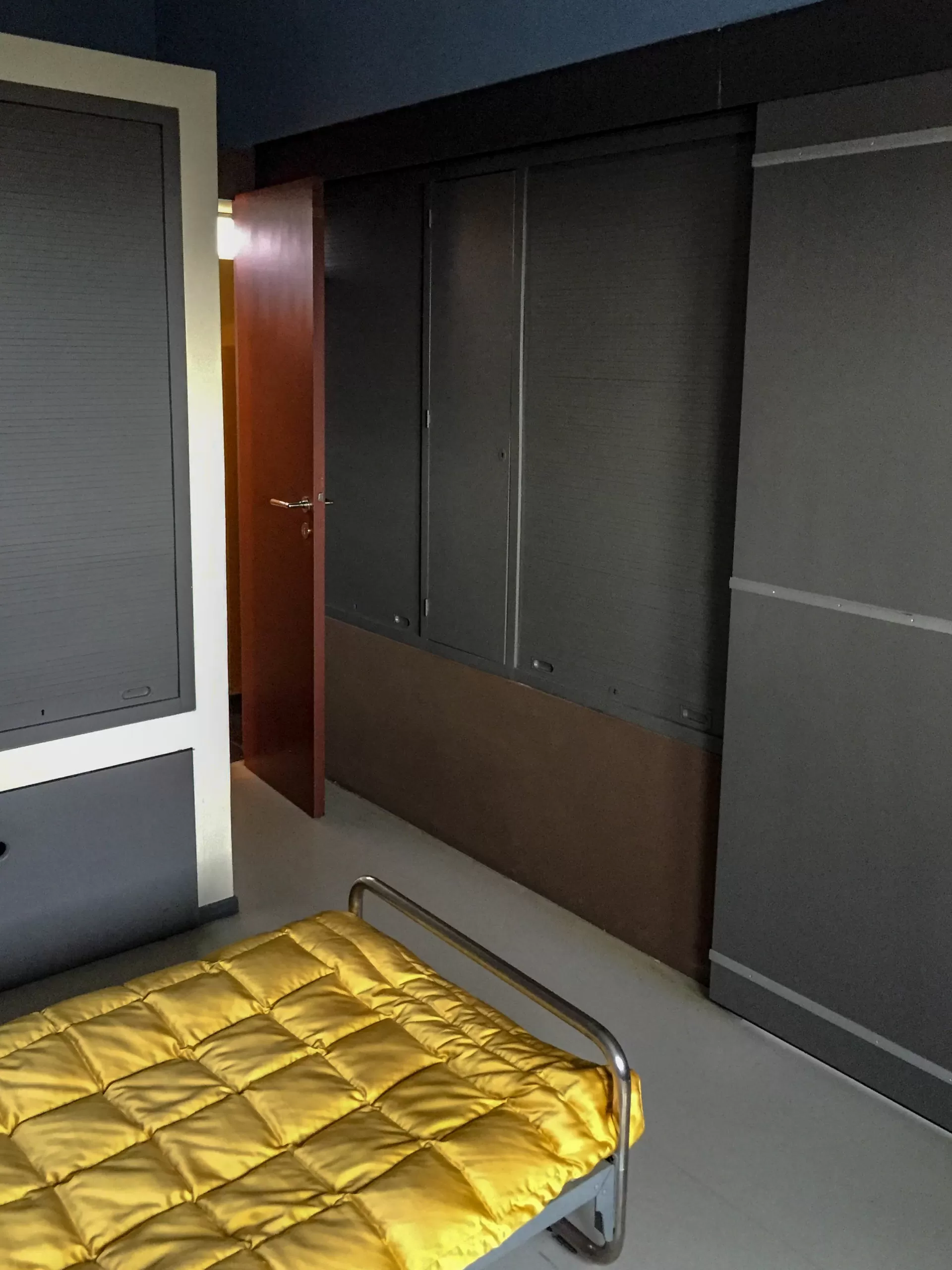
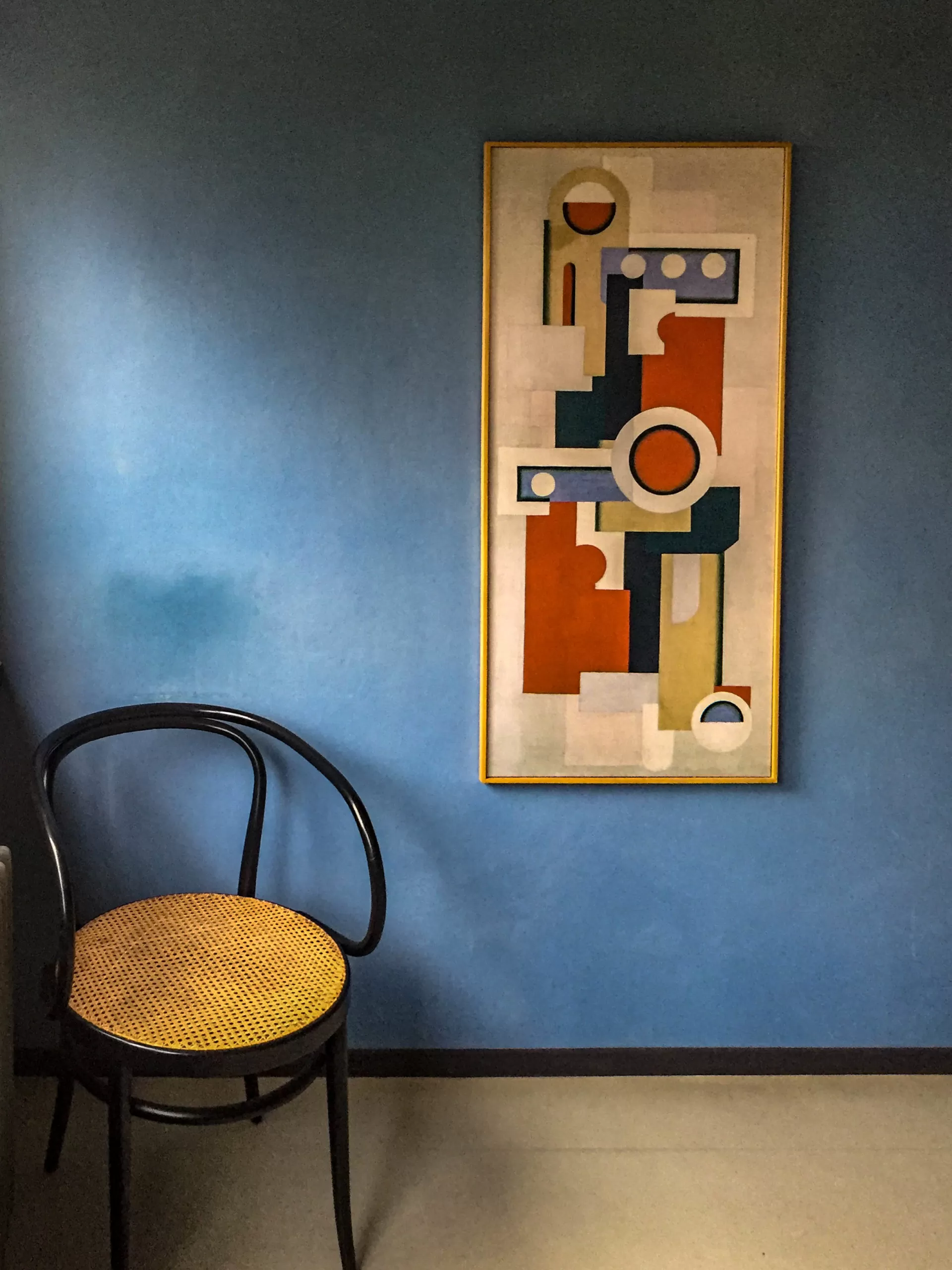
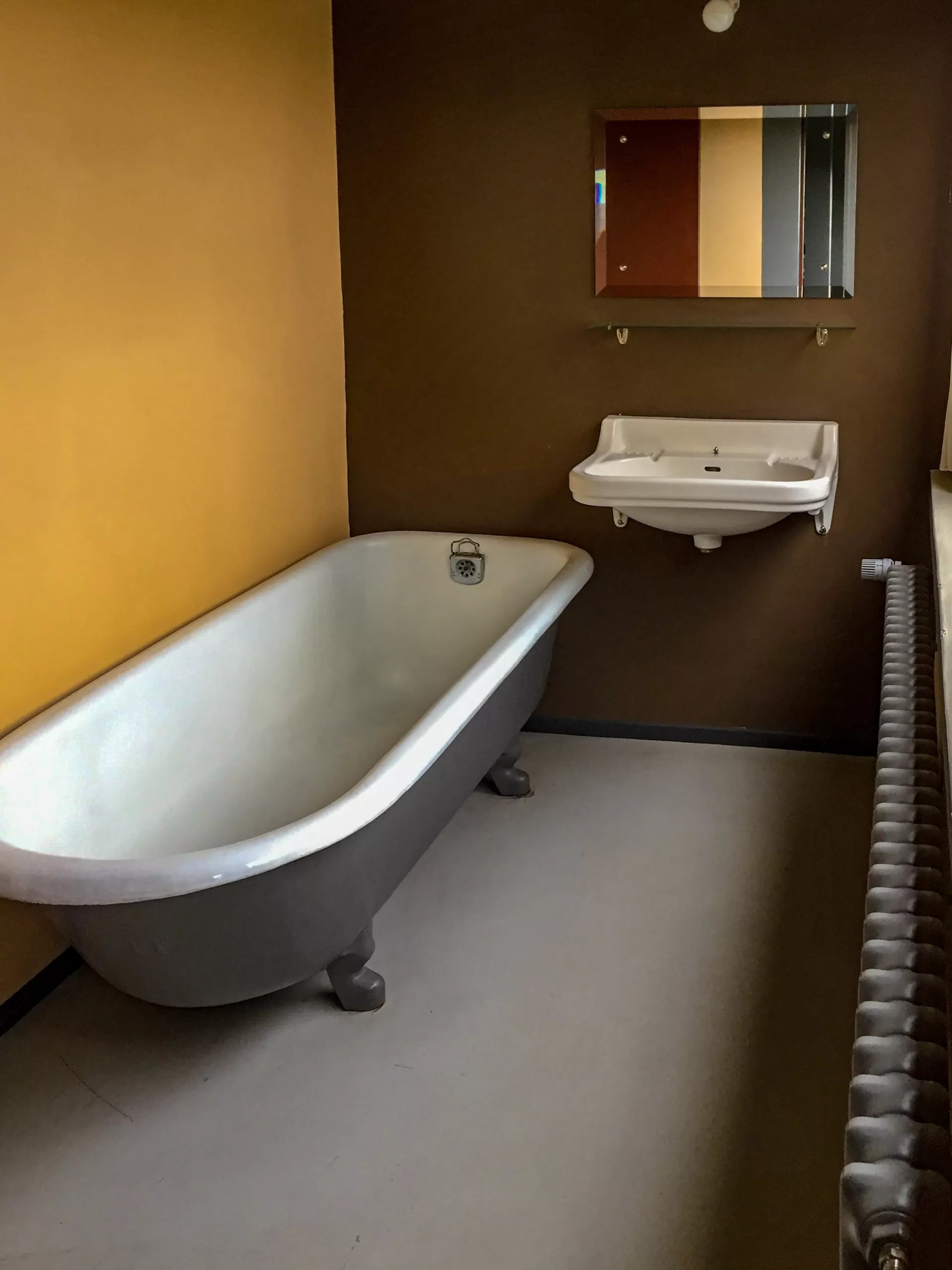
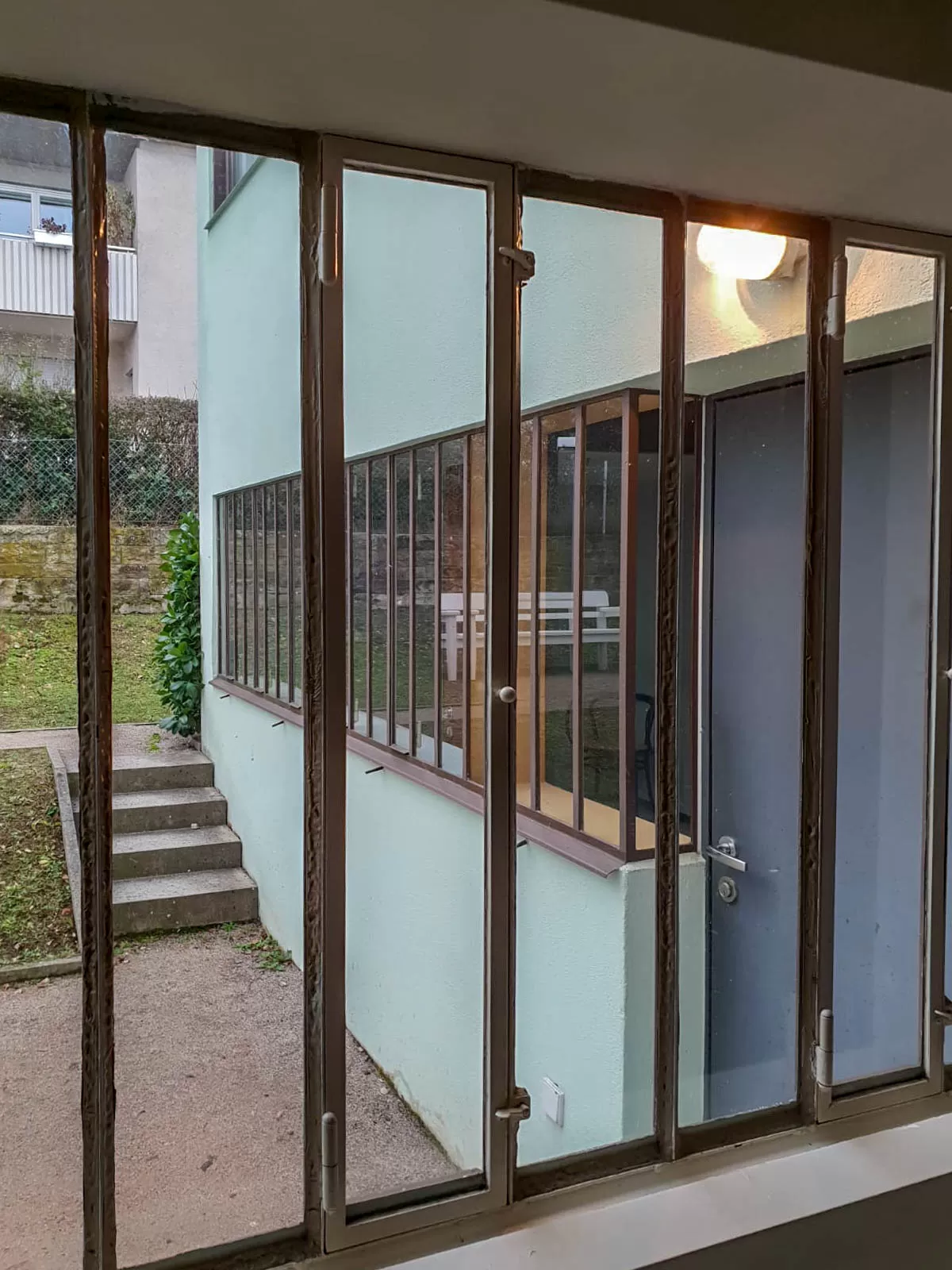
Highly descriptive post, I enjoyed that bit.
Will there be a part 2?